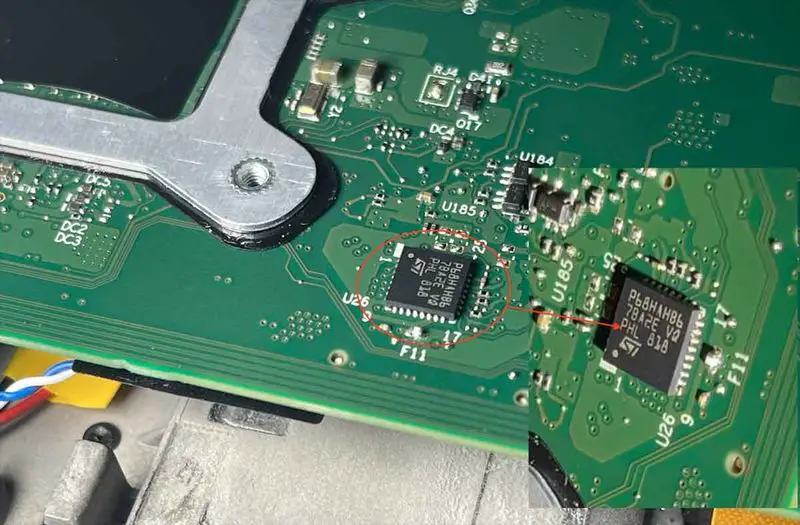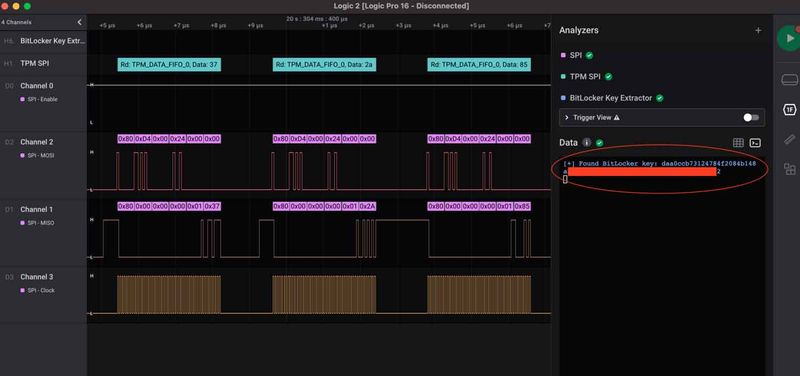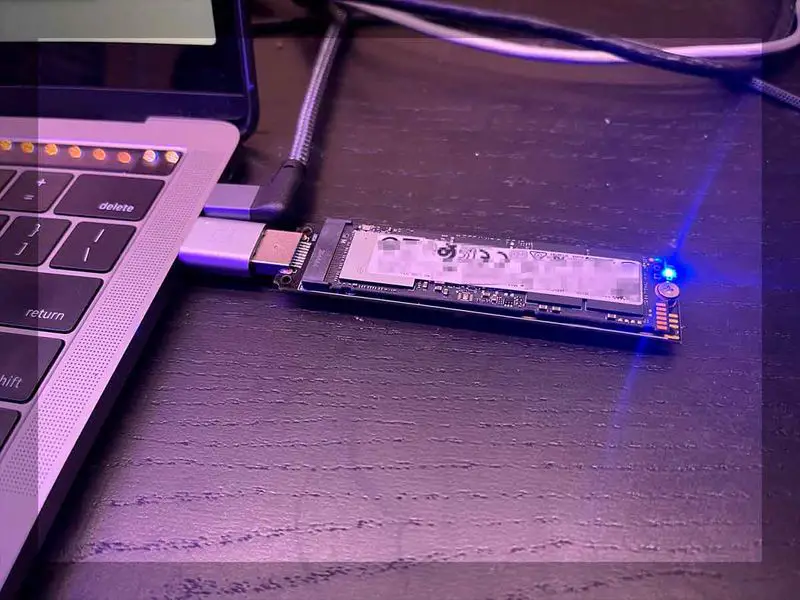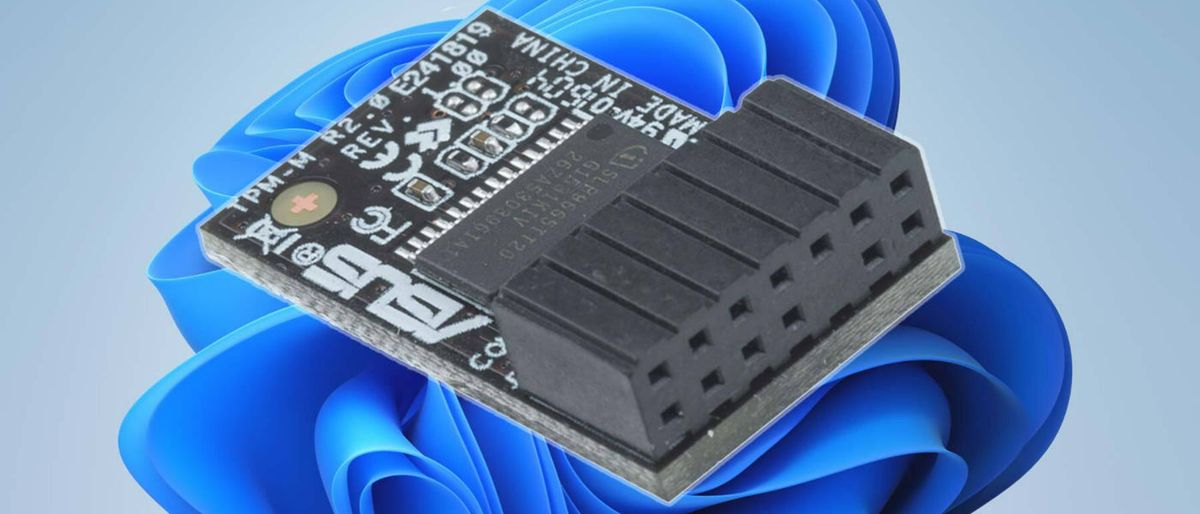The integrated TPM (Trusted Module Platform) is today, a key element in system security. So much so that, as you may well know, Microsoft will only allow the installation of Windows 11 on systems equipped with this security system (with a few exceptions, as we told you here), putting users of older systems that do not have a TPM chip in a complicated situation and who do not have the possibility of installing it.
The fact is that manufacturers and developers are betting on chips dedicated to guaranteeing the security of certain operations, with TPM accompanying compatible systems and secure enclave as the implementation of the same designed by Apple. And there is no doubt that in the vast majority of cases, this system offers a level of security that is more than adequate and with which we can remain calm.
However, TPM has turned out not to be infallible, in certain circumstances and with a complex but feasible procedure, it is possible to bypass the protection that in theory prevents turning on and using a system and, in those same circumstances, accessing a corporate network, with the enormous risks that this poses. Before analyzing the vulnerability, we insist again on what we mentioned before, these are very specific circumstances, and it is not an attack available to anyone, but it is still important to know about it and, if necessary, prevent it.
This discovery is the result of an investigation carried out and made public a few days ago by Dolos Group, whose authors gained full access to the hard disk of a laptop preconfigured to provide access to a corporate network via a secure VPN connection. This type of configuration is very common in companies that give these computers to their workers so that they can telework securely.

TPM is secure, its implementation less so
Given the security offered by the TPM chip, many attacks are ruled out, so the researchers tried a different approach, i.e. they looked for weaknesses related to the chip itself and its integration into the system. With the most common configuration, the system boots directly into Windows, without a previous step requiring a password to be entered. A single key, stored on the chip, is used to unlock the system.
The construction of the TPM chips themselves makes attempting to directly access their contents virtually impossible. Some models are even said to have a physical self-destruct function if attempts to access the inside are detected. Meanwhile, the points that attach the chip to the board are so small that, in practice, it is almost impossible to solder anything to them to try to access the data being transmitted to and from the chip.
And what would be the point of accessing such data traffic? This is where we need to know that the TPM connection to the CPU is via an SPI (Serial Peripheral Interface) bus and that, due to BitLocker’s security implementation, placing a sniffer on this data bus could allow the decryption key of the system’s storage unit to be obtained, since it is transmitted unencrypted.
Ideally, for security reasons, the TPM should have a dedicated bus connecting it to the CPU, but for design and cost reasons, it turns out that the same bus used for this connection is also used by other components on the motherboard, including the CMOS chip that houses the system’s BIOS. What is special about this chip? Well, unlike the TPM, the pins that connect it to the motherboard are very large, so connecting something to them is much easier.
The next step was to analyze all the data traffic on the SPI bus to which both the BIOS and the TPM chip were connected, filtering all the data to extract the encryption key. It didn’t take them long to exploit system access to the hard disk to gain access to the contents of the storage unit. From that moment on, the war was already won, the researchers had already obtained the key needed to decrypt the contents of the disk.
With the drive decryption key obtained, the researchers no longer had to face the impossibility of unlocking the system without the key: the next step was to disconnect the SSD from the laptop and connect it to another system to access its contents.

Even worse than it looked
During the analysis of the hard drive’s contents, a most interesting finding was made: the PC had a corporate VPN client installed on it, pre-installed and pre-configured, ready to use. Unlike VPN clients for home users, corporate solutions have a very interesting feature: they establish the connection before the user logs on. In this way, the domain scripts are executed on the systems as soon as they are switched on, thus avoiding the need for password authentication (specific to each computer) in each case, something that could be a nightmare for the administrator of such systems.
What does this mean? Well, at that point researchers, and potential attackers could resort to many well-known techniques to introduce malware into the SSD of the attacked system, which would then be reassembled on the PC. And when that PC, or a dump of its disk in a virtual machine, is booted, it will immediately access the corporate network, so that not only the security of that system but of the entire infrastructure, will have been compromised.
As we mentioned at the beginning, this is a complex attack, as it requires physical access to the system and, with certain additional security measures, it is invalidated. The simplest option is that the user must enter a password to start the system (the system itself, not Windows), and an additional security system can also be used that makes communications between the TPM and the CPU encrypted.
We are therefore talking about a security problem that is not easy to exploit, but that exists, that can be reproduced (even more so now that it has been made public) and that shows that even having a TPM chip does not guarantee complete security. And as a result, it is essential to take additional measures, such as locking the system startup with a password.

And there is one recommendation that is key, above all others: remember that we will never have 100% security. Whether we have a TPM chip, a very secure VPN, etc., we must not neglect security. Keep our computers under surveillance, do not install software of dubious origins, be very careful with what we receive by email… yes, we know, these are the same old guidelines, but their importance is fundamental when it comes to protecting ourselves from threats.





